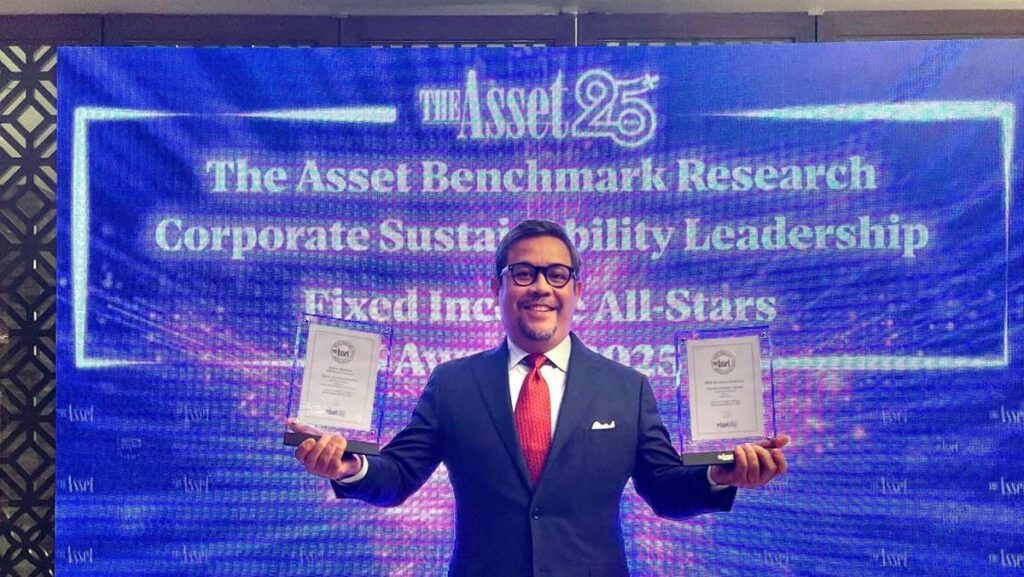The global economy is once again entering a period of heightened uncertainty. According to the World Bank’s Global Economic Prospects (June 2025), the forecast for global growth has been downgraded to 2.3%, its weakest performance outside of recessions since the 2008 crisis. This economic fragility is caused by escalating trade tensions, geopolitical instability, and increasing policy unpredictability.
Despite the bleak outlook, India and Vietnam stand out among emerging economies for maintaining steady growth. India is projected to grow at 6.3% in 2025, while Vietnam is expected to reach 5.8%. Though slightly lower than earlier forecasts, these figures reflect strong economic fundamentals and sound policy frameworks.
Both nations have adopted a proactive stance. India’s rising profile in the global supply chain is supported by infrastructure development, regulatory streamlining, and clear investment incentives. These moves have attracted a wave of foreign direct investment (FDI), especially from companies seeking to diversify beyond China.
Vietnam, on the other hand, has become a central player in Asia’s manufacturing landscape. Through robust trade agreements and competitive labor advantages, Vietnam continues to appeal to international firms relocating production bases. This is particularly relevant for the ASEAN region, where economic integration remains a pillar of resilience amid global fragmentation.
The World Bank warns that other ASEAN economies—such as Thailand and Malaysia—may face sharper slowdowns due to their high reliance on exports and global demand. However, Vietnam appears to have cushioned the impact through reforms and adaptive industrial policies. Likewise, India’s strategic positioning enhances its engagement with both ASEAN and broader Indo-Pacific networks, enabling it to act as a key regional player.
Trade policy uncertainty and protectionist measures remain the biggest risks to regional growth, as highlighted by both the World Bank and OECD. Still, India and Vietnam show that resilience can be built through long-term planning, institutional consistency, and regional cooperation.
As ASEAN continues to advocate for economic openness and multilateral collaboration, India and Vietnam could serve as models for navigating future shocks—combining local development with global connectivity.
Their trajectories reflect a broader message to the region: sustainable growth in uncertain times demands not only resilience, but strategic foresight.







